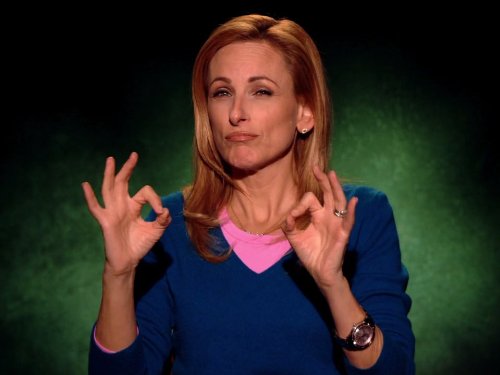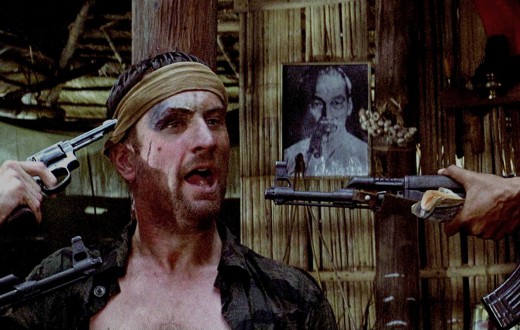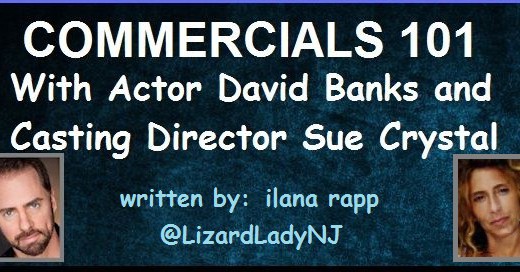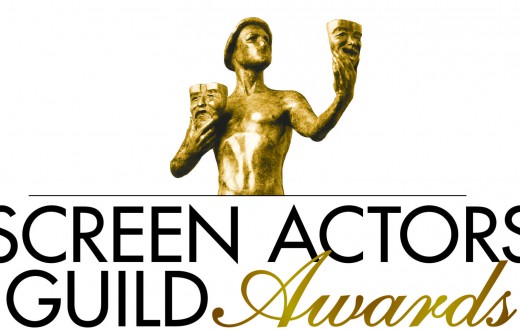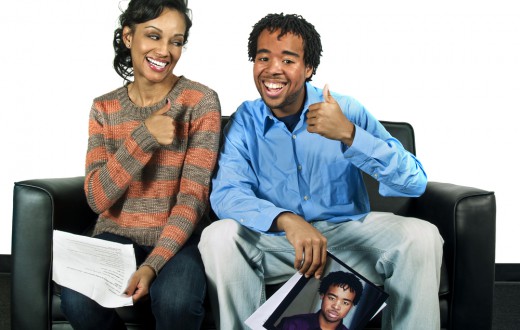Stereotypes and typecasting in non-traditional roles for actors have long been a hurdle for many artists. However, the landscape is shifting as more actors are embracing roles that challenge societal norms, breaking away from the constraints of traditional casting. This change not only enriches their professional repertoire but also brings diversity and authenticity to the stories being told. And we all know how stuck I am on authenticity.
The Shackles of Typecasting
Typecasting, a phenomenon where an actor is repeatedly cast in similar roles based on their previous performances or physical attributes, has been a prevalent issue in the industry. This practice not only limits the actor’s growth but also perpetuates stereotypes, contributing to a narrow and often inaccurate representation of society.
The Importance of Breaking Away
Exploring different roles offers a ton of perks. For starters, it gives actors a chance to flex their skills in all sorts of roles, breaking the mold of being pigeonholed into one type. It’s like showing off their acting toolkit – proving they’re not just a one-trick pony. Plus, for us in the audience, it’s a breath of fresh air. We get to see the world in all its colorful complexity, mirroring the real diversity out there. And let’s not forget, when casting goes off the beaten path, it can really make people think. It opens up minds and hearts, nudging our society towards being more understanding and empathetic.
Pioneering Examples in the Industry
Many actors have made a significant impact by taking on unexpected roles. Consider Marlee Matlin, a deaf actress who has successfully portrayed characters not originally written for someone with her disability. This represents a major breakthrough. Her performances in series such as The West Wing and Quantico not only showcase her exceptional acting abilities but also challenge perceptions about the contributions of disabled actors.
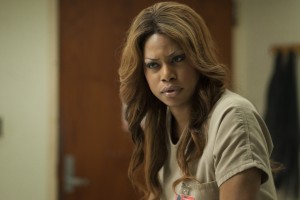
Laverne Cox’s depiction of a transgender character in Orange Is the New Black marked a significant milestone for transgender visibility in the entertainment industry. Through her portrayal, she brought depth to the role, moving away from the typical and frequently derogatory representations of transgender individuals seen in film and television.
Another notable example is Riz Ahmed’s role in Nightcrawler. As a British actor of Pakistani descent, Ahmed has often spoken about the stereotypical roles offered to actors of South Asian descent. His role in Nightcrawler, which was not written for any specific ethnicity, showcased his versatility and challenged the industry’s ethnic typecasting.
The Impact on Society
The impact of these pioneering roles extends beyond the screen. By challenging stereotypes, these actors contribute to a broader social dialogue about diversity and inclusion. They provide inspiration for underrepresented communities, showing that anyone, regardless of their background, can aspire to any role.
The Role of Casting Directors and Producers
It’s not just up to the actors to challenge casting stereotypes. Casting directors and producers also have a vital part to play in driving this change. By embracing unconventional casting decisions and actively pursuing differences in their work, they can open doors for a more diverse range of actors and narratives.
The Challenges and Opportunities
While the industry is moving towards more inclusive casting, challenges remain. Actors seeking non-traditional roles often face skepticism and resistance. However, these challenges also present opportunities for growth and change. By embracing these roles, actors not only expand their own horizons but also pave the way for future generations.
Industry Resistance: The entertainment industry can be slow to change. For actors seeking non-traditional roles, this often means facing resistance from casting directors and producers who may be hesitant to deviate from the ‘norm.’ This resistance can stem from concerns about audience acceptance, financial risks, or simply a lack of vision for how a role could be reimagined.
Typecasting: Many actors find themselves typecast based on their most successful roles. This pigeonholing makes it difficult for them to be considered for different types of characters, especially if they are vastly different from their previous roles. Overcoming this perception requires persistent effort and sometimes a significant shift in personal branding.
Audience Expectations: Audiences can have preconceived notions about what a character should look like or how they should behave based on traditional portrayals. When actors step into roles that challenge these expectations, they may face backlash or criticism from viewers not ready to accept this change. Read about the backlash from fans, and even author Anne Rice, herself, on the casting of Tom Cruise as Lestat in the film adaption of Interview With The Vampire.
Limited Opportunities: Even as the industry evolves, opportunities for non-traditional casting can still be limited. This scarcity of roles means intense competition among actors, which can be particularly challenging for those who do not fit the conventional mold.
Personal Risk: For actors, taking on a pioneering role can be a significant personal risk. If the role is not well-received, it can impact their future career prospects. There’s a delicate balance between choosing roles that challenge norms and ensuring they continue to get work in the industry.
Navigating Stereotypes: Actors from marginalized communities often grapple with the dilemma of wanting to break stereotypes while also needing to work. They may find themselves offered roles that perpetuate clichés and must decide whether to accept them for the sake of employment or hold out for more authentic representations.
Physical and Emotional Strain: Non-traditional roles can demand a lot from an actor, both physically and emotionally. Whether it’s mastering a new skill, undergoing physical transformations, or delving into psychologically challenging characters, the toll on an actor’s well-being can be significant.
Cultural and Societal Barriers: Cultural biases and societal attitudes can also pose challenges. For example, actors breaking gender norms or cultural stereotypes may find themselves confronting deeply ingrained prejudices, both within the industry and from the public.
Lack of Support: Actors rely heavily on the support of agents, managers, and the industry as a whole when pursuing unconventional roles. Without their backing, the task of finding and securing such roles becomes significantly more challenging.
Navigating Identity: Members of minority communities often experience an added sense of duty to respectfully depict their own groups when acting. This can pose a unique challenge, especially when assuming groundbreaking roles intended to advocate for improved representation.
Despite these challenges, actors who venture into non-traditional roles often find the experience incredibly rewarding.
The Future of Non-Traditional Casting
The popularity of non-traditional casting in films and shows demonstrates a strong audience demand for stories that represent the diversity of our society.
As we progress, several key trends and possibilities are emerging:
Breaking Gender Norms: Gender-fluid and non-binary roles are starting to gain more prominence. This shift challenges traditional gender roles and stereotypes, opening up a new realm of storytelling possibilities. We can expect to see more roles that transcend conventional gender boundaries.
Technology’s Role: Advances in technology, such as virtual reality and artificial intelligence, are creating new opportunities for casting. These technologies can help in visualizing characters in ways that were previously impossible, allowing for even more creative freedom in casting decisions.
Global Casting Trends: The globalization of entertainment, facilitated by streaming platforms, is encouraging cross-cultural casting. Actors from various parts of the world are getting opportunities in international productions, leading to a more global representation in film and television.
Redefining Lead Roles: There’s a shift away from the traditional ‘lead’ archetype. We’re seeing more ensemble casts and stories that focus on diverse groups of characters, each with their own significant narrative arc, rather than a single protagonist.
Inclusivity in Casting Processes: The casting process itself is becoming more inclusive. This means casting calls are more open to a diverse range of applicants, and there’s a greater emphasis on finding the right actor for the role, irrespective of their background.
Empowerment through Social Media: Social media platforms are empowering actors and audiences to voice their opinions on casting choices. This feedback loop is influencing casting decisions and pushing for more inclusive representation.
Role of Independent Cinema: Independent films and productions are often at the forefront of breaking casting norms. As these films gain popularity and critical acclaim, they influence mainstream media to adopt similar practices.
Educational Impact: Acting schools and training programs are increasingly focusing on a diverse range of techniques and styles, preparing a new generation of actors for a variety of roles and encouraging them to break stereotypes from the start of their careers.
Policy and Advocacy: There’s a growing advocacy for policies that promote diversity in casting. This includes initiatives and guidelines by industry bodies to ensure fair and inclusive representation.
Increasing numbers of actors, directors, and producers are embracing diverse casting, signaling a bright future ahead.

